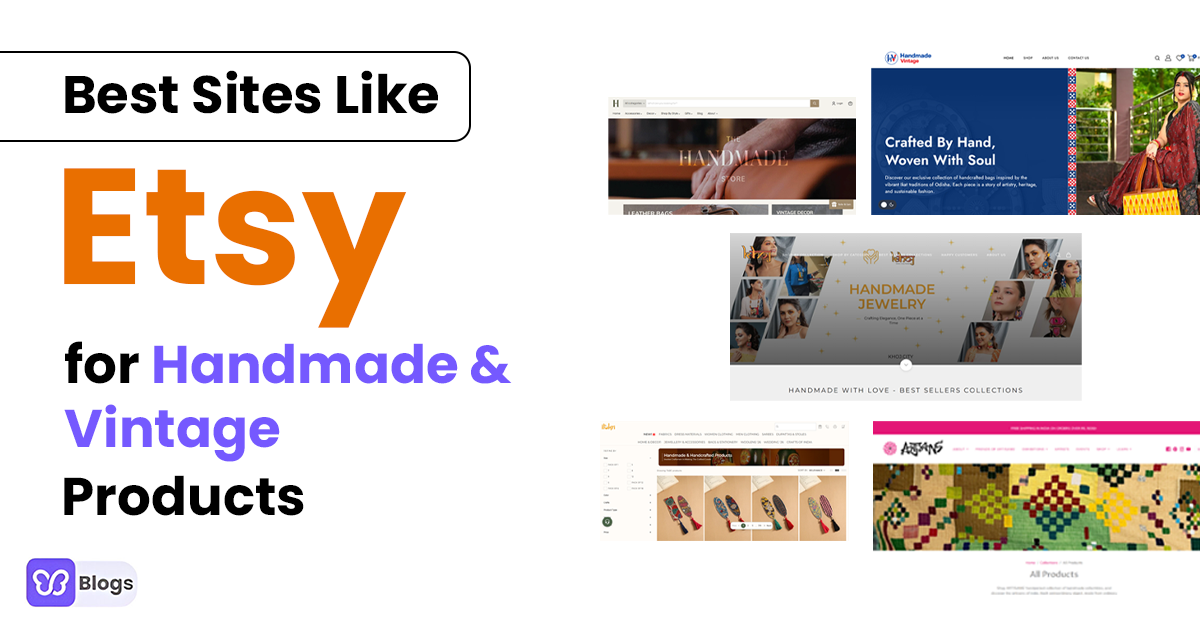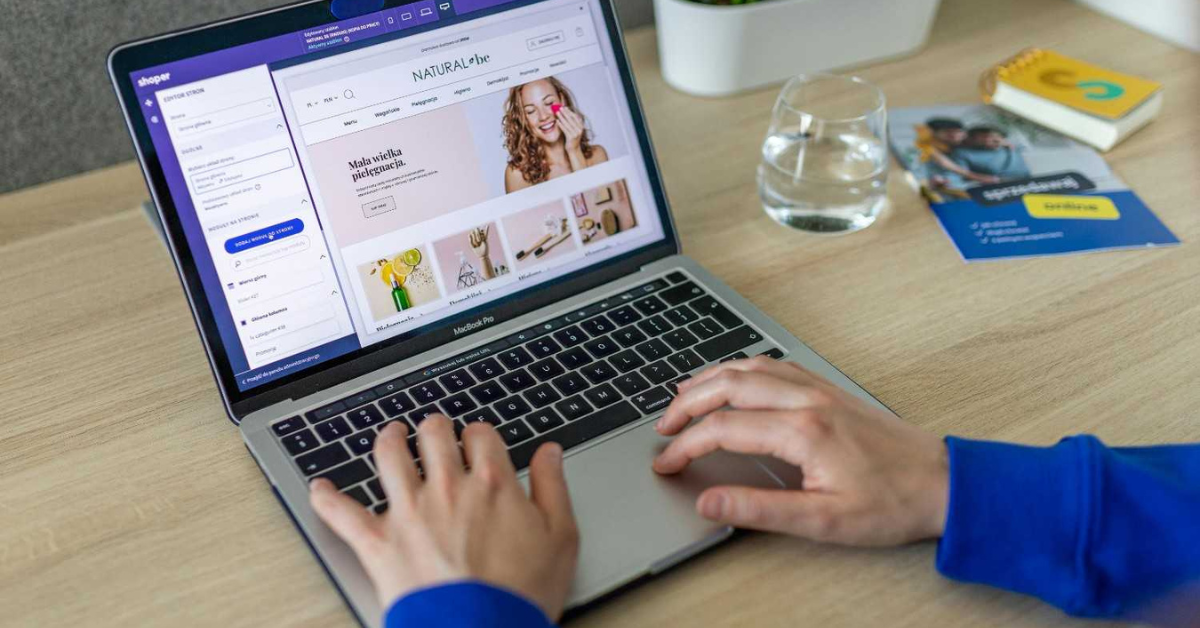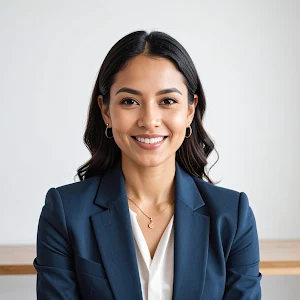What is CPL? This question appears in many discussions on paid ads, yet some ecommerce store owners still feel uncertain about its meaning. CPL stands for Cost Per Lead, representing how much you pay to acquire a potential customer.
Understanding what is CPL helps you control your advertising spend. It also gives you a way to measure the effectiveness of your campaigns. Once you see the benefit of tracking CPL, you can optimize your ads, allocate funds properly, and make every click count.
E-commerce store owners who study what CPL is often see improved conversions. They set better targets for each channel and adjust bids based on results. By the end of this guide, you will grasp how to calculate CPL, how to optimize campaigns, and how to apply these insights to your business.
How To Calculate CPL

The calculation is simple. You divide your total marketing spend for a specific campaign by the total leads generated. This gives a monetary figure that shows the average cost you incur for each lead.
For instance, if you spend $1,000 on a targeted campaign and collect 200 leads, your CPL is $5. This means each lead has cost you $5, regardless of final purchase. Understanding CPL through this formula informs you about your ad effectiveness.
Look at your data over time. If your CPL drops, it suggests your tactics are working. If it rises, it may be time to revisit your landing pages or evaluate your audience targeting.
Improving CPL With Better Creatives
Ad visuals and messaging are vital. If your creatives do not grab attention, people will ignore your ads. This leads to wasted impressions, higher costs, and poor CPL outcomes.
Strive to create clear visuals. Present a headline that addresses a problem your product solves. Show how your offering stands out. Keep testing new visuals or copy until you see better CPL results. This cycle of creative testing is an ongoing process that refines your ads over time.
CPL vs. CPC
CPC stands for Cost Per Click. It shows how much you pay each time someone clicks your ad. However, a click is not always a lead. If you want to focus on actual interest, CPL is more accurate.
Clicks might inflate vanity metrics without bringing revenue. CPL reveals how many meaningful contacts you gain. That is why many marketers say, “What is CPL?” with greater interest than “What is CPC?” They understand leads hold a higher value than raw clicks.
Tracking And Refining Your CPL Strategy

Tracking CPL is not a one-time task. You need constant monitoring to know if your ads are hitting the mark. Measuring what CPL is each week or month reveals trends.
Record your leads, calculate your CPL, and compare it to previous periods. Look for patterns in your campaigns that produce good leads at reasonable costs. If you find a channel reliably delivering a lower CPL, ramp up spending there.
In this guide, you learned what CPL is and why it matters for e-commerce. You also saw how to calculate CPL, optimize your ads, and track lead quality. This metric helps you see if your ad spend aligns with real potential buyers.
Knowing what CPL is is the first step. You can refine targeting, optimize landing pages, and craft better messages to lower costs. Your store’s success depends on your ability to bring in leads at a reasonable CPL.
Keep exploring fresh ways to attract quality prospects. Keep testing new ad creatives and fine-tuning your funnel. Continue asking yourself: what is CPL, and how can I reduce it further? By doing so, you will set your store on a path toward more substantial leads and higher profits.









